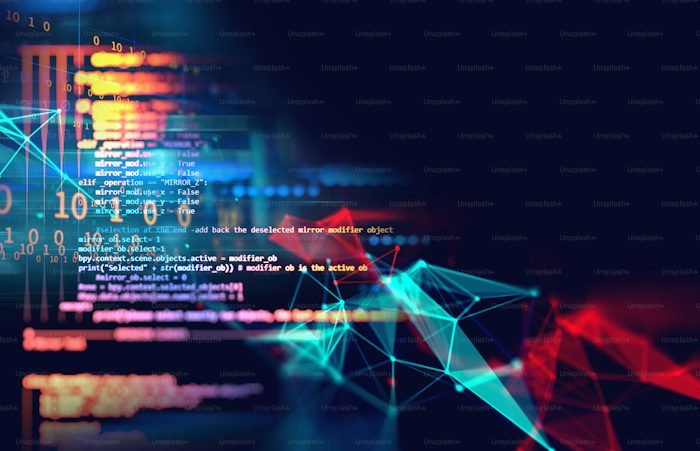The mobile app development industry is ever-evolving. In this dynamic industry, Flutter has emerged as one framework that has consistently pushed the boundaries of possibility.
Over 30% of developers use it worldwide. With each new release, Flutter continues to refine its capabilities.
Flutter enhances the development experience for users worldwide. Flutter 3.3 is the latest iteration of this framework. It was unveiled on the inaugural day of Flutter Vikings in Oslo, Norway. So, before you hire a developer, consult our senior Flutter developers at Flutter Agency for building enterprise level mobile applications. Check more about Flutter 3.3!
Flutter 3.3
Flutter 3.3 introduces new features, improvements, and optimizations across various facets of development. Flutter provides several development benefits such as framework-related updates to performance optimizations, desktop support, rendering advancements, and stability improvements.
Let’s look at the updates introduced in Flutter 3.3. Know how it contributes to a more seamless and efficient development experience. Towards the end, we will also help you understand how a Flutter mobile app developer can be helpful.
Framework Enhancements
- Global selection:
One notable addition in Flutter 3.3 is the introduction of Global Selection, a feature that enables users to effortlessly select elements within a Flutter app with a sweeping gesture. This functionality is facilitated by the new SelectionArea widget, which allows developers to quickly wrap their route body, thereby simplifying the element selection process within Flutter applications.
- Text input:
Flutter 3.3 introduces enhancements to the framework’s TextInputPlugin, enabling granular text updates that enhance support for rich text editing. With the introduction of DeltaTextInputClient and TextEditingDeltas, developers now have access to deltas between old and new editing states, empowering them to create input fields with stylized ranges that adapt dynamically as users type.
- Scribble:
For developers seeking to integrate Apple Pencil input into their Flutter applications on iPad devices, Flutter 3.3 introduces the Scribble functionality. With this feature enabled automatically for Widgets such as TextField, EditableText, and CupertinoTextField, developers can seamlessly incorporate handwritten input into their Flutter apps with minimal effort.
- Trackpad input:
Flutter 3.3 includes enhancements to trackpad input, resulting in smoother and more responsive control with reduced misinterpretations. These improvements contribute to a more consistent scrolling experience across different devices, enhancing overall usability and user satisfaction.
- Material design 3:
In alignment with the evolving Android theming system and the introduction of Material You in Android 12, Flutter 3.3 incorporates updates to Material Design, ensuring compatibility with the latest design paradigms. Widgets such as Chip, IconButton, and various AppBar variants have been updated to reflect the newest Material Design 3 guidelines, aligning Flutter apps with the latest visual standards.
Package Updates
- go_router:
With the release of the go_router package, Flutter developers gain access to a streamlined navigation solution that simplifies deep link handling through a declarative, URL-based API. This package, overseen by the Flutter Team, addresses complexities associated with navigation across web, desktop, and mobile platforms, enhancing the development experience for Flutter app creators.
Desktop Support Updates
- Windows:
Flutter 3.3 introduces enhancements to desktop app development, particularly for Windows platforms. Developers can now easily manage app versions directly from the project’s build arguments and pubspec.yaml files, streamlining the process of app updates and enabling auto-update functionality for end users.
Performance Optimizations Updates
- Raster Cache:
In Flutter 3.3, performance improvements are achieved through optimizations to the raster cache, which minimizes Dart garbage collection demand and eliminates unnecessary data copies during image loading from assets—adding ui.ImmutableBuffer.fromAsset enables direct loading of compressed image bytes into the decoding structure, resulting in faster image loading with reduced overhead.
Rendering Layer Advancements
- Impeller:
Flutter 3.3 introduces Impeller, a new rendering layer designed to maximize the performance of hardware-accelerated APIs such as Vulkan for Android and Metal for iOS. This runtime optimization enhances animation smoothness and overall performance across Flutter apps without requiring runtime shader compilation, thereby reducing frame time janks and elevating the standard of cross-platform app development.
VS Code Extension Enhancements
- Dart: Add dependency:
The VS Code extension Dart: Add Dependency significantly improves Flutter 3.3, making it easier for developers to add third-party resources to their Flutter projects. With extensive support for adding multiple packages simultaneously, developers can enhance project functionality and streamline development workflows with unparalleled efficiency.
These updates sound complex, but you can always make them more accessible with the help of a Flutter mobile app developer. I was wondering how professional developers can help. Let’s have a glance!
Final words
The introduction of Flutter 3.3 marks an exciting milestone. However, to make the best out of these new features, connecting with a Flutter app development company is advisable. Their expertise and experience will help you leverage these features to the fullest.
As developers get the latest features and tools from Flutter 3.3, they are empowered to push the boundaries of mobile app development and unlock new possibilities in the digital landscape. With its commitment to innovation and excellence, Flutter remains at the forefront of cross-platform app development, inspiring developers to create transformative experiences that resonate with users worldwide.
